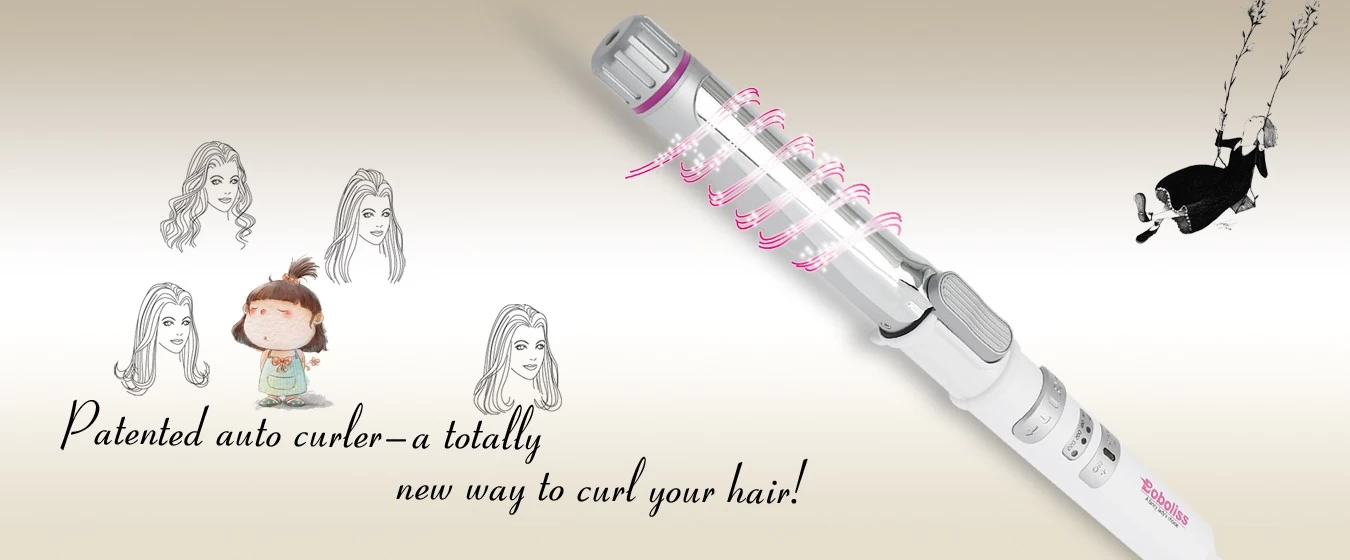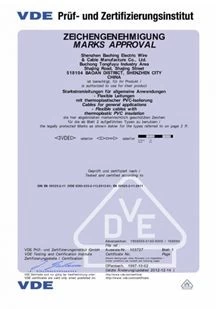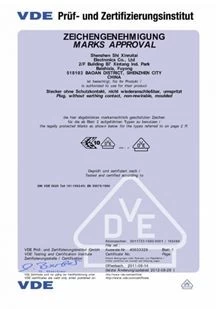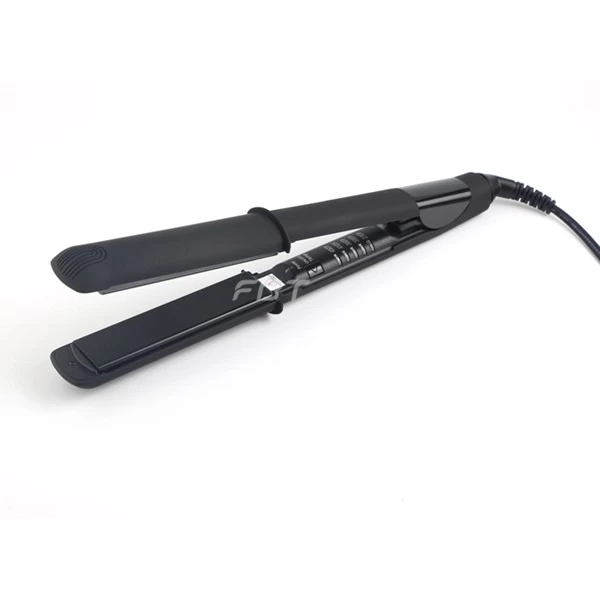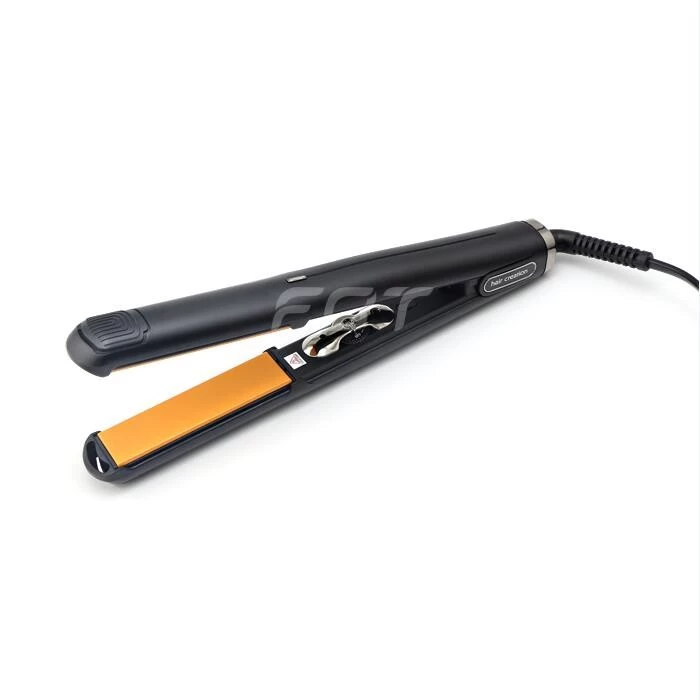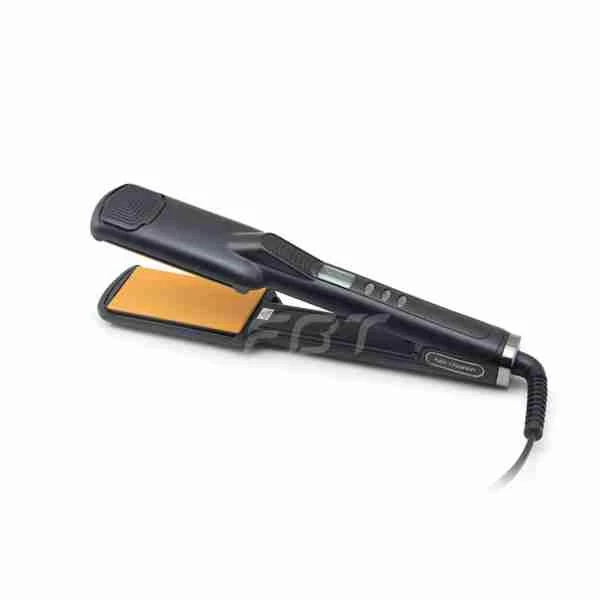How to classify your hair with FIA system?
Being knowledgeable of your hair type is a good start to knowing how to take care of your hair.
“I got a haircut and was told it's Fia 2C. I want to learn more about it and so I can identify the curl patterns of those around me (cuz I'm a nut like that I guess!)”
Here I am introducing to you the FIA hair classification system.
FIRST CLASSIFIER: Curliness
1. The straight ones
1a - stick straight
1b - straight but with a slight body wave, just enough to add some volume, doesn't look wavy
1c - straight with body wave and one or two visible S-waves (e.g. nape of neck or temples)
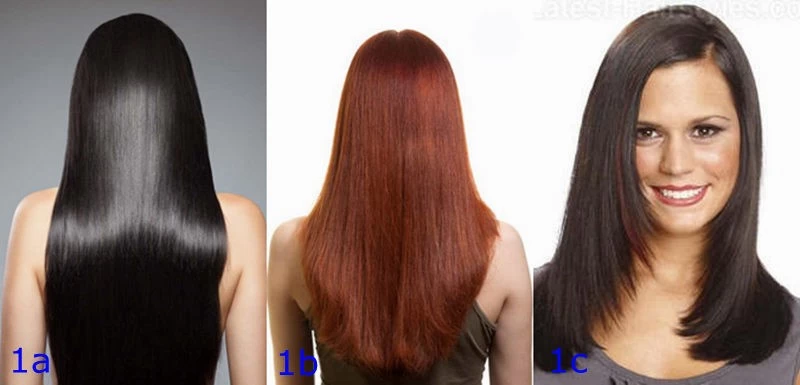
2. The wavy ones
2a - loose, stretched out S-waves throughout the hair
2b - shorter, more distinct S-waves (similar to waves from braiding damp hair)
2c - distinct S-waves and the odd spiral curl forming here and there
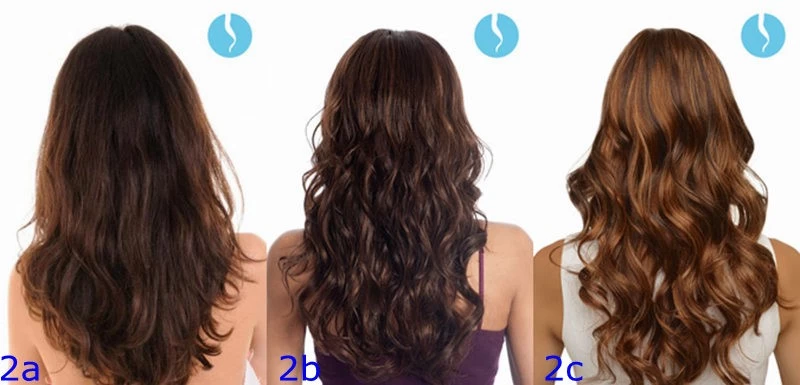
3. The curly ones
3a - big, loose spiral curls
3b - bouncy ringlets
3c - tight corkscrews

4. The really curly ones
4a - tightly coiled S-curls
4b - tightly coiled hair bending in sharp angles (Z-pattern)
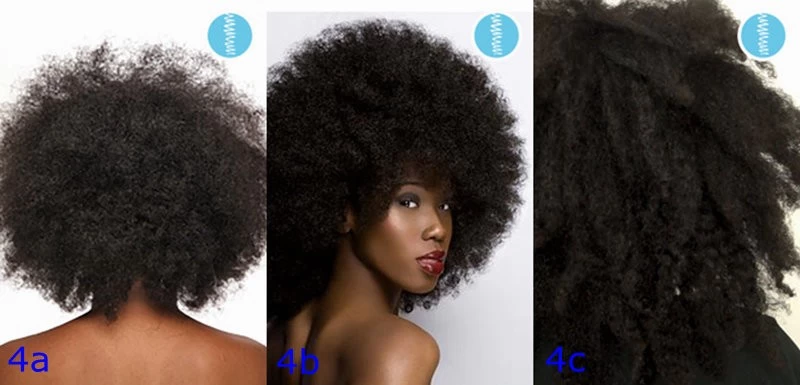
SECOND CLASSIFIER: Stands Thin strands that sometimes are almost translucent when held up to the light. Shed strands can Strands are neither fine nor coarse; similar to hair found on many Caucasians. You can also try Thick strands whose shed strands usually are easily identified against most backgrounds;
F
Fine
be hard to see even against a contrasting background; similar to hair found on many people of
Scandinavian descent. You can also try rolling a strand between your thumb and index finger.
Fine hair is difficult to feel or it feels like an ultra-fine strand of silk.
M
Medium
rolling a strand between your thumb and index finger. Medium hair feels like a cotton thread.
You can feel it, but it isn't stiff or rough. It is neither fine nor coarse.
C
Coarse
similar to hair found on many people of Asian or Native American descent. You can also try
rolling a strand between your thumb and index finger. Coarse hair feels hard and wiry.
As you roll it back and forth, you may hear it.
THIRD CLASSIFIER: Volume
i - thin (less than 2 inches/5 centimeters)
ii - normal (between 2-4 inches or 5-10 centimeters)
iii - thick (more than 4 inches/10 centimeters)
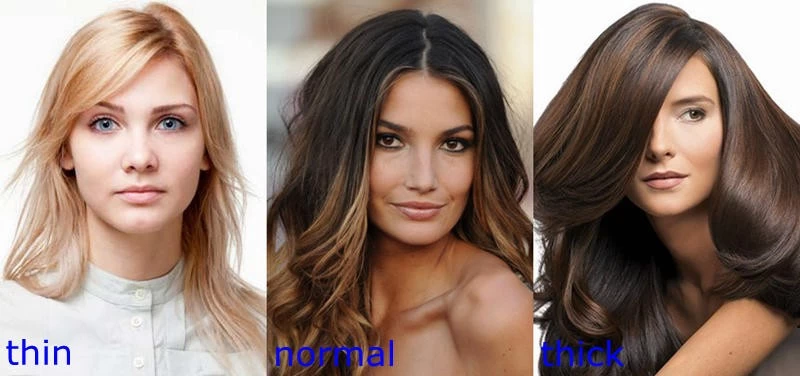
Put your hair in a ponytail with as much hair as possible in it. Don't bother with the way it looks. Measure the circumference of the ponytail. If you have bangs and/or you can't get all of your hair in there adjust according to how much of your hair you have measured.




